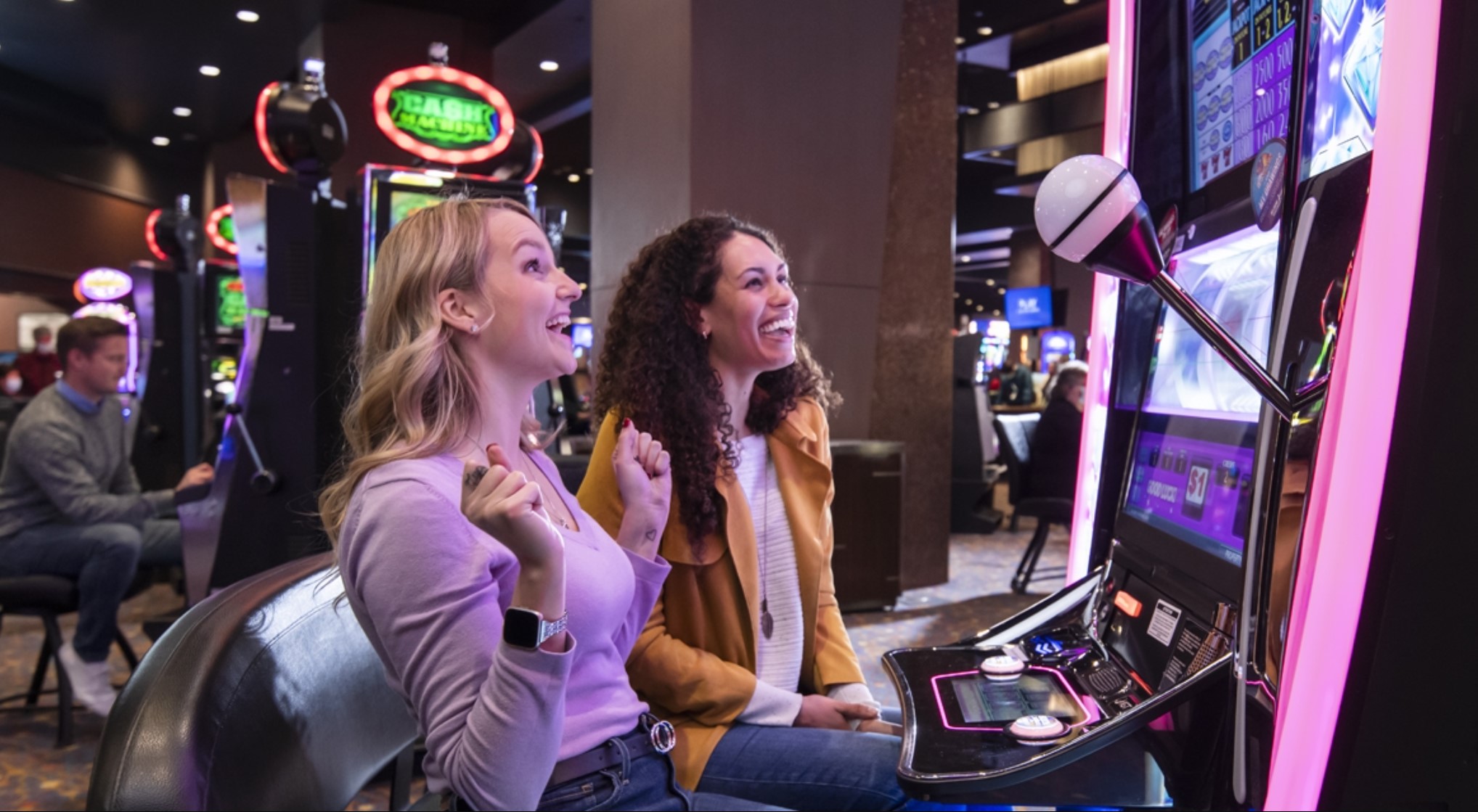The manner in which Gaming Establishments Use Shade and Layout to Attract Players
- urbaninnovation.xyz
- 0
- on May 05, 2025

In the vibrant and exciting world of casinos, where fortune and strategy intertwine, hues and design play a pivotal role in drawing in players. As soon as visitors step into a casino or access a gaming website, they are immersed in a sightly feast that captures their attention and entices them to discover more. Bright colors, captivating graphics, and innovative layouts are meticulously crafted to create an environment of excitement and anticipation, ultimately enhancing the gaming experience.
As players move through the ever-changing landscape of casino games, they encounter a range of designs that not only serve visual purposes but also affect emotions and choices. Colors like scarlet and gold symbolize riches and luck, while soothing blues and emeralds can create a more tranquil environment. Grasping how these elements function together enables casinos to create an welcoming and stimulating atmosphere that encourages players to engage with the games, spend additional time at the tables, and boost their overall enjoyment.
The Study of Tint in Casino Games
Tint plays a critical role in the creation of casino games, influencing players’ feelings and actions. Vivid and vibrant shades, such as crimson and amber, are often used to incite excitement and attract attention. These hues create a sense urgency and dynamism, encouraging players to involve themselves more eagerly with the experience. By thoughtfully selecting colors, developers aim to elicit feelings of joy and excitement, which can enhance the overall game experience.
Different colors also have psychological connotations that can influence how players perceive their odds of victory. For case, emerald is frequently associated with luck and abundance, making it a popular choice in activities like roulette and poker setups. This connection can cause participants to feel more positive and self-assured in their play, ultimately inspiring them to wager more. Grasping these associations allows game creators to create environments that enhance player enjoyment and retention.
Furthermore, the interface of casino game interfaces often uses gradients and opposing hues to direct players’ responses. For case, successful outcomes may be emphasized with bright, opposing shades, creating a visual reward. This method strengthens favorable outcomes and promotes repeated participation. By leveraging the science of color, casinos can develop activities that not only draw participants but also maintain them engaged and invested in their gaming experience.
Creative Elements that Attract Players
The visual appeal of gambling games is primarily influenced by the use of bold colors. Lively and striking colors are strategically chosen to create an appealing atmosphere that captures attention. For instance, crimson and golds often signify luck and prosperity, which is why they are prevalent in the palettes of gaming machines and table surfaces. These colors not only draw players in, but they also stir emotions related to excitement and anticipation, enhancing the overall gaming experience.
In parallel to color, the aesthetic and layout of casino games play a crucial role in captivating players. Games are designed to be user-friendly, ensuring that players can easily understand the rules and gameplay. User-friendly interfaces, along with engaging graphics and motion, help maintain gamer interest and promote longer play sessions. nha cai f168 The tactile elements, such as the feel of the buttons and the sounds of the games, also add to a holistic sensory experience that keeps players engaged.
Finally, conceptual elements in game design can greatly influence gaming decisions. Many gambling games are inspired by media, fairy tales, or exploration motifs, featuring symbols and characters that connect with players. These themes create a sense of engagement and connection, making each game feel unique. When players feel a bond to the theme, they are more likely to opt for that game over others, leading to increased participation and excitement within the casino environment.
Case Studies: Effective Gambling Slot Designs
One key example of effective gambling game design is the well-known slot machine series based around blockbuster movies. Games such as those based on the Wizard of Oz and Game of thrones utilize bright colors and superior graphics to enthrall players in familiar narratives. The application of lively visuals and entertaining sound effects captures the focus of players, building an affective connection to the theme. This strategy not just fosters longer play but also improves the overall gaming experience, leading to increased player retention.
Another successful case is the use of the psychology of color in table games like 21 and the wheel. Casinos often create these games with deep reds and greens, colors traditionally associated with luck and wealth. For instance, the green felt on a blackjack table provides a relaxing effect, while the crimson accents in roulette invite excitement. This intentional use of color helps to establish an inviting atmosphere that encourages players to engage, addressing their psychological impulses and increasing their enjoyment.
Finally, social casino games that incorporate social features and vivid, lively designs have seen remarkable success in engaging players. Games like Zynga Poker and Slot-O-Mania leverage vivid colors and playful animations to establish an inviting online environment. The integration of leaderboards, social sharing options, and in-app rewards fosters competition and community, pulling players in for longer sessions. Such designs not just make the games visually enticing but also emphasize social connectivity, a key factor in player retention and engagement within online casino environments.